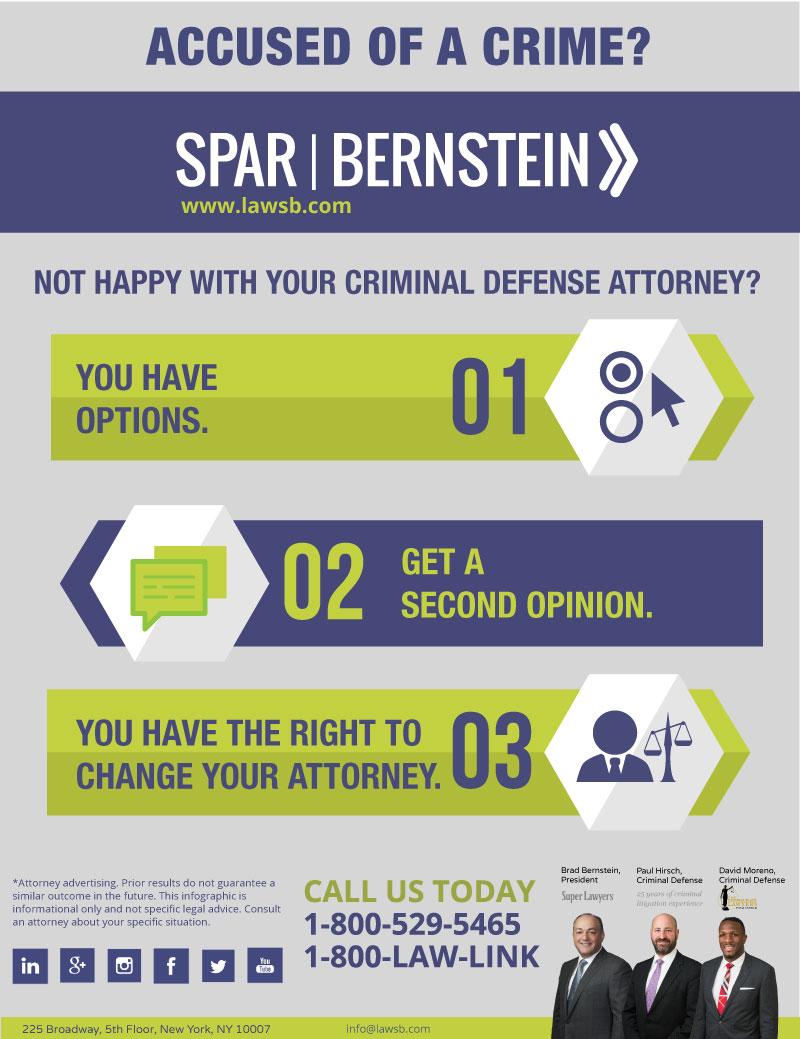Just How Criminal Justice Attorneys Get Ready For A Test: Inside The Process
Just How Criminal Justice Attorneys Get Ready For A Test: Inside The Process
Blog Article
Post Writer-Cherry Lim
When you consider the preparation that goes into a criminal test, it's simple to forget the extensive behind the curtain job lawyers take part in. linked web page 'll locate that they start by examining the instance information and collecting evidence, but it does not stop there. They craft strategies based on who's supervising the situation and who's resting on the court. As they browse the complexities of each test, they also have to anticipate the prosecution's steps. So, what certain steps do they take to ensure whatever aligns flawlessly come trial day?
Instance Analysis
When preparing for a trial, an extensive case evaluation is necessary for any criminal justice attorney. You'll begin by examining the facts of your case, which sets the foundation for your strategy. Comprehending the timeline of events, identifying principals, and recognizing potential weaknesses in the prosecution's disagreement will certainly assist you construct a solid technique.
Next off, you'll review any type of existing legal precedents that could influence your instance. Acquainting yourself with similar cases can offer useful understandings into how courts might translate the regulation. This knowledge enables you to expect challenges and address them proactively.
Furthermore, you'll intend to speak with your client to collect their perspective and ensure their story straightens with the proof. Efficient interaction likewise assists construct trust, which is critical for a solid attorney-client partnership.
Lastly, think about the ramifications of numerous end results. This evaluation not just prepares you for trial but likewise allows you to advise your customer on feasible appeal deals or different resolutions.
Evidence Collection
After examining the situation, the next step entails gathering evidence that sustains your customer's protection. This procedure is important, as the stamina of your situation often hinges on the quality and significance of the evidence you collect.
You'll begin by recognizing possible resources of proof, which may include witness statements, authorities records, security video, and forensic data.
When you've identified these sources, you'll require to obtain them lawfully and fairly. This might suggest declaring requests for records, speaking with witnesses, and collaborating with specialists who can analyze physical proof.
Be comprehensive in your documents; every piece of proof need to be cataloged diligently to guarantee you can reference it quickly throughout test.
It's additionally necessary to evaluate the evidence for its admissibility. Some things may be compelling but might face obstacles in court because of legal rules. You'll want to expect any kind of objections from the prosecution and prepare counterarguments.
Lastly, keep your client informed throughout this procedure. Transparency develops trust fund and helps them recognize exactly how each item of evidence contributes to their protection method.
This collective method lays the structure for a solid case as you move more detailed to test.
Trial Technique Development
Developing a test approach is vital for properly providing your case in court. You'll wish to start by analyzing the proof gathered and identifying crucial styles that sustain your customer's placement. Consider exactly how to provide the truths in an engaging story that reverberates with the jury.
Next off, consider your target market. You need to tailor your strategy based upon the discretionary's histories, beliefs, and worths. This understanding can lead exactly how you frame your debates and choose which evidence to highlight.
It's also essential to prepare for the prosecution's technique. Identify prospective weak points in your instance and develop counterarguments to resolve them proactively. Think about what inquiries jurors might have and be prepared with clear, concise feedbacks.
As soon as you have actually established your core arguments, practice delivering them with confidence. Mock tests can be helpful for fine-tuning your presentation design and assessing the performance of your approach.
Last but not least, continue to be flexible throughout the test. Be ready to adapt your method as new evidence or growths emerge, guaranteeing you remain concentrated on accomplishing the very best outcome for your customer.
Conclusion
In getting ready for trial, you require to remain organized and aggressive. By extensively examining the situation, gathering solid evidence, and crafting a strategic approach, you'll set yourself up for success. Keep in mind, versatility is key; prepare to adjust as the trial proceeds. With reliable interaction and technique through mock trials, you'll be well-equipped to counter any type of obstacles that develop. Ultimately, your preparation can make all the difference in achieving a beneficial result for your customer.
